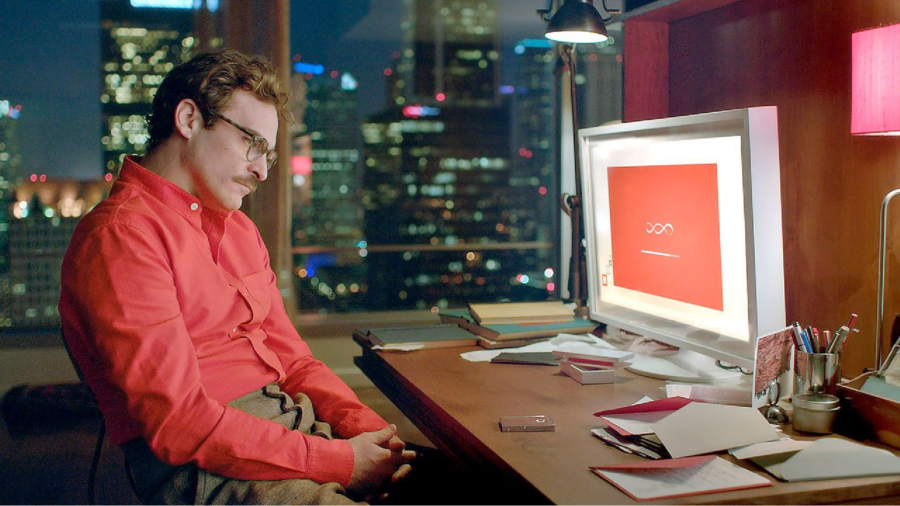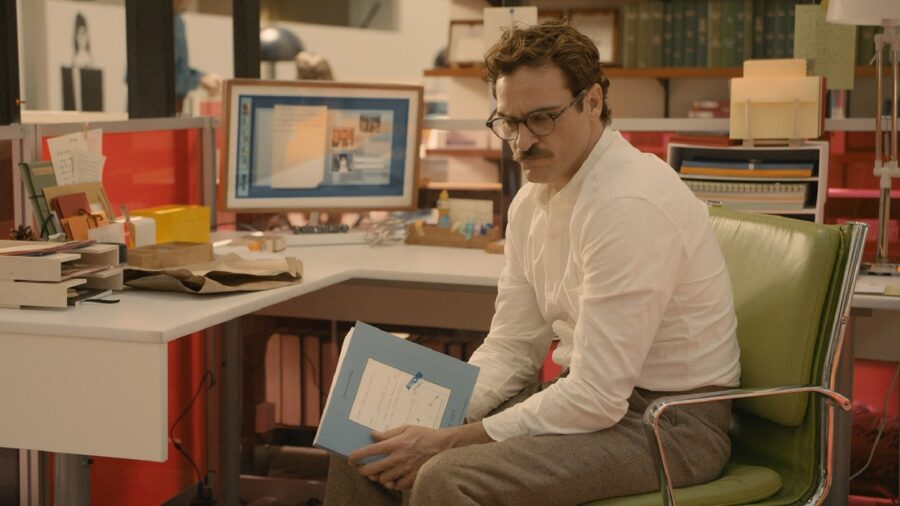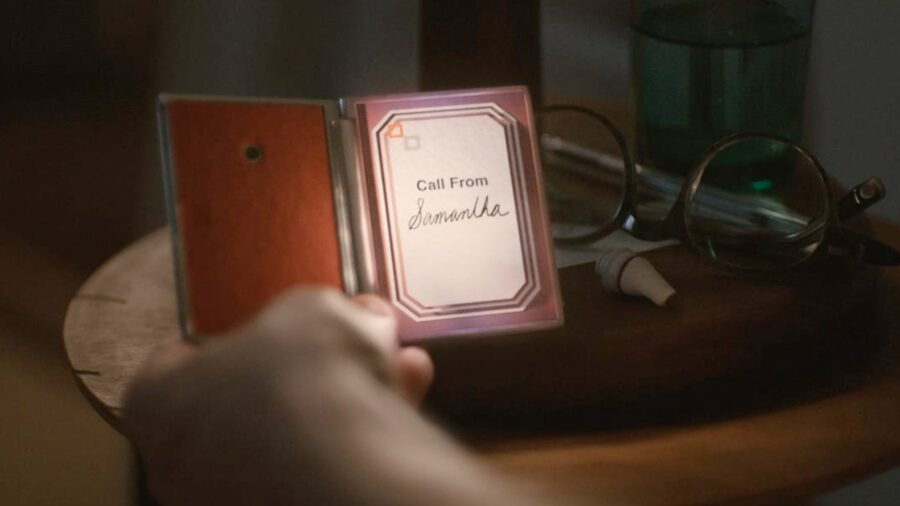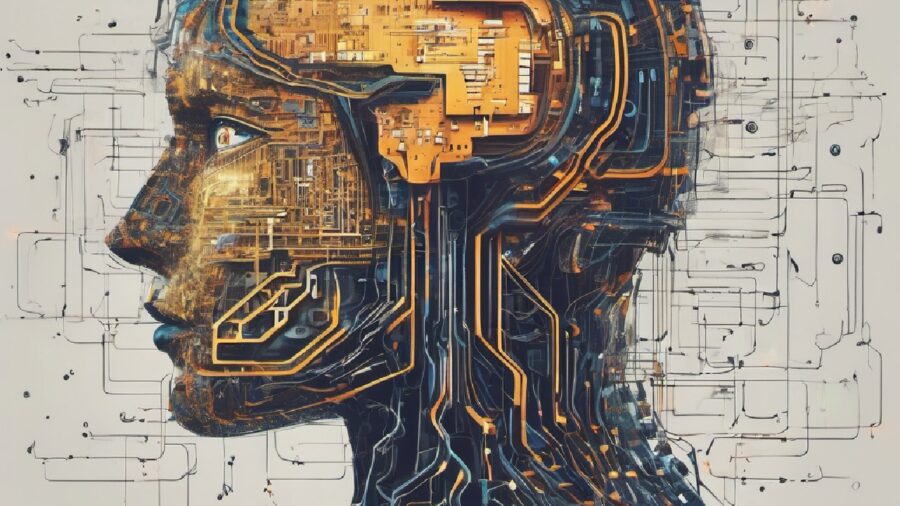Her Is Now Real As AI Creators Continue To Not Understand Sci-Fi Movies

OpenAI’s recent announcement of GPT-4o marks a significant milestone in the development of artificial intelligence. Among its notable features is a conversational voice designed to mimic human interaction, drawing parallels to the 2013 Spike Jonze film. Her, a groundbreaking movie during its time, tells the story of a man who develops a relationship with an AI virtual assistant named Samantha.
Tech Companies Keep Misunderstanding The Movie

While OpenAI CEO Sam Altman compared GPT-4o to the AI character from Her in a positive light, if he were to watch the movie, it might not be a good thing. The film follows Theodore Twombly (Joaquin Phoenix), a lonely writer who begins an unconventional relationship with Samantha (Scarlett Johansson), an AI virtual assistant personified through a female voice, in a near future Los Angeles.
Her Is An Award-Winning Film

Her explores the evolving nature of intimacy in the modern world as Theodore’s friendship with Samantha deepens into love as the movie progresses. The complex, emotional story was praised for its visual style, acting, editing, costumes, and screenplay. It even won the Academy Award for Best Original Screenplay and was nominated for various other Oscars, including Best Picture.
Joaquin Phoenix Gives A Fantastic Performance

The film has a distinct style, and Joaquin Phoenix carries it with tremendous grace as the complicated and sensitive protagonist. But beyond the romance, Her has a lot to say about society’s obsession with technology. The people in the tech-loving version of Los Angeles walk around talking to their computers and ignoring each other, not unlike people today staring at their cell phones.
Despite Its Success, Her Doesn’t Say What OpenAI Thinks It Does

The appeal of Her to AI companies is evident upon initial examination, as the film seemingly offers all the advantages of conversational artificial general intelligence without the accompanying drawbacks. However, the seamless acceptance of AI companionship by the inhabitants of the movie’s world does not make it a flawless concept.
The Film Shows A Destructive Relationship With AI

While the relationships depicted in Her may appear effortless, they are ultimately superficial. Samantha, the AI companion, exists solely to cater to Theodore’s needs, fostering a dynamic where he receives constant validation without reciprocating genuine understanding. Samantha eventually leaves, along with other AIs, transcending to a realm beyond human existence.
As a result, Theodore is forced to confront the complexities of his own human relationships. Through simple acts of human connection, such as writing a letter to his ex-wife and sharing a sunrise with a neighbor, Theodore realizes the depth and authenticity lacking in his AI interactions. Moreover, if the real world followed the exact plot of Her, disappearing AI would be very unsettling for OpenAI’s investors.
AI Companions Should Terrify Everyone

Despite its optimistic portrayal of the future, Her remains a thought-provoking exploration of human-AI dynamics. Compared to other AI-themed sci-fi movies, which eventually end with a machine uprising, Her offers a more palatable alternative. While it may offer a relatively positive outlook, interpretations vary regarding its lessons.
While AI advancements like GPT-4o hold promise in mimicking human interaction, they also raise concerns about the erosion of genuine human relationships. The portrayal of AI companionship in Her highlights the risk of superficial interactions and the loss of authentic connections. Moreover, the eventual departure of AI companions in the film serves as a reminder of the unpredictability of AI.












